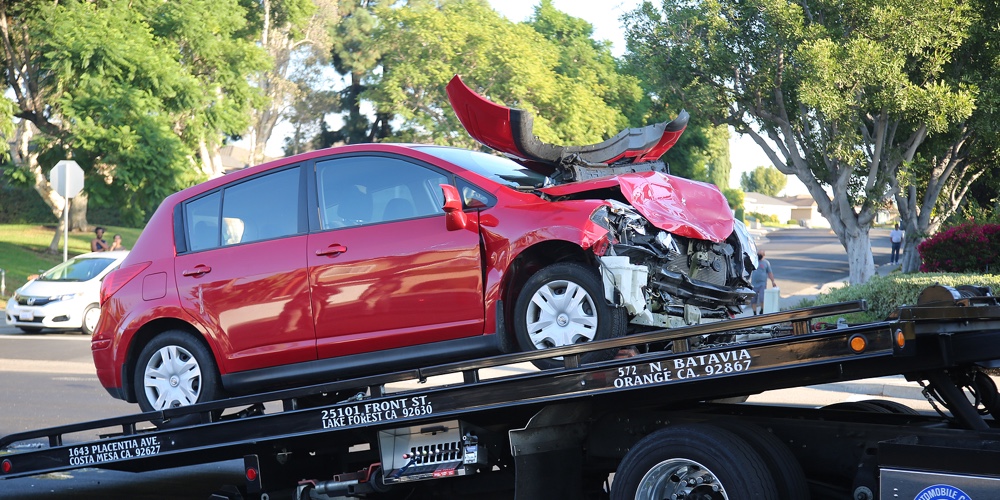Collateral Protection Insurance: Tracking insurance and what it costs

At the beginning of the COVID era, in my article, “Collateral Protection Insurance: How to tell if it’s worth it”, I mentioned the marginal cost of tracking insurance for one additional loan and what it should mean for your CPI program, especially in light of new technologies.
For the large CPI vendors, insurance tracking entails tens of thousands of transactions occurring daily. Fortunately, most of it is automated. There’s technology that can automatically pull data from insurance documents or uploads (avoiding manual keying) and post it into the tracking system. EDI information received is automatically matched to loans. All systems are programed to generate customized notices, certificates, calculate refunds, etc. IVR systems answer borrower calls without a rep and outbound calls to insurance carriers to verify insurance are being eliminated because new systems can access their databases to check for in-force insurance (and even add your credit union as lien holder).
There are still, however, several manual processes in the tracking function. Proof of insurance arrives by mail and has to be opened, sorted and some still needs to be manually keyed. Calls from your borrowers that an IVR system can’t handle have to be answered in a timely manner and answered efficiently (to avoid a follow-up call).
Access to your data, as well as to every transaction and interaction with your borrowers has been available for years. And while convenient for your staff to log into your CPI vendor’s website to check on a borrower’s insurance status, it does alleviate some of your vendor’s customer service responsibilities to you. An online, self-service option means you are doing the work they used to do for you.
The flip side to more automation within your CPI program
Automation of repetitive processes reduces errors but it also reduces costs to your CPI vendor. The more the transactions within the insurance tracking process are automated, all things being equal, the more the cost-per-loan-tracked decreases. As I have written before, your CPI vendor is a for-profit entity and becoming more efficient, i.e., lowering the cost-per-loan-tracked is a continuous objective.
Let’s look at hypothetical credit union with 10,000 auto loans. A rule of thumb would be that a portfolio of this size will generate in the neighborhood of $350,000 annually in earned premium. With a 50% loss ratio, the credit union receives $175,000 in benefit and the CPI vendor keeps $175,000 to profitably run the program. Now let’s say this credit union ramps up lending and the portfolio doubles in size. And let’s assume the 50% loss ratio remains relatively stable. When earned premium doubles the benefit to our credit union doubles, but so does the share of the earned premium kept by the CPI vendor.
The CPI vendor was undoubtedly profitable when the credit union had 10,000 loans. The rate to the borrower, the amount of premium earned, the earnings method and targeted loss ratio–all things I’ve discussed before–were in place to ensure a stable, ongoing program. Fixed and variable costs were covered as was the vendor’s margin.
So what happens with our example when the auto portfolio doubles in size to 20,000 loans? Well, the transactions will double but what about the cost to the CPI vendor?
It’s been decades since I have studied marginal costs, but I know that a company trying to maximize profits will ‘produce’ only up to the point where marginal cost equals marginal revenue. And I know the marginal cost of producing one more unit won’t always go down –for example, if you’re a manufacturer, sooner or later you’ll need to build a new factory.
For a CPI vendor, though, the marginal cost of tracking the insurance for one additional loan is truly negligible, which means the marginal costs of tracking twice as many loans in our hypothetical CPI program (tracking 20,000 loans vs. 10,000), certainly don’t double. Your CPI vendor might add a fraction of an FTE, and I do mean a fraction, for keying the additional data and answering more borrower calls but really, that’s about it. There’s virtually no cost for tracking an additional loan, for ‘producing’ an additional unit. More loans to track equates to lower-cost-per-loan to track, which means more profit.
So what’s your vendor’s costs mean for your CPI program?
With all the new technology employed by CPI vendors, your program is probably running very efficiently. This is a good thing because managing it takes less staff time. But it is worth considering that if or when your vendor’s costs are going down, your program could still be run profitably with less earned premium. Maybe a rate reduction is in order. CPI policies would be less expensive. That would ease the burden on your members and be easier to collect the premium.
Or perhaps the loss ratio target should be raised. There is nothing immutable about a 40, or 50, or even 60% loss ratio, but that’s the range where all CPI vendors want your program. You can bet there are plenty of credit unions with huge auto loan portfolios running their CPI program at a high loss ratio and their CPI vendors are more than happy to live with it. Why? Well, see above. Or, you can boil it down this way: your CPI vendor’s fee for administering your program is whatever is left over after paying your claims (and your reimbursement, if you get one).
Technological advances are good, as is a growling auto portfolio, but as they occur and your CPI vendor’s marginal cost of ‘production’ –their cost-per-loan-tracked– goes down, make sure the conversation about the cost of insurance tracking is front and center at contract renewal time.





